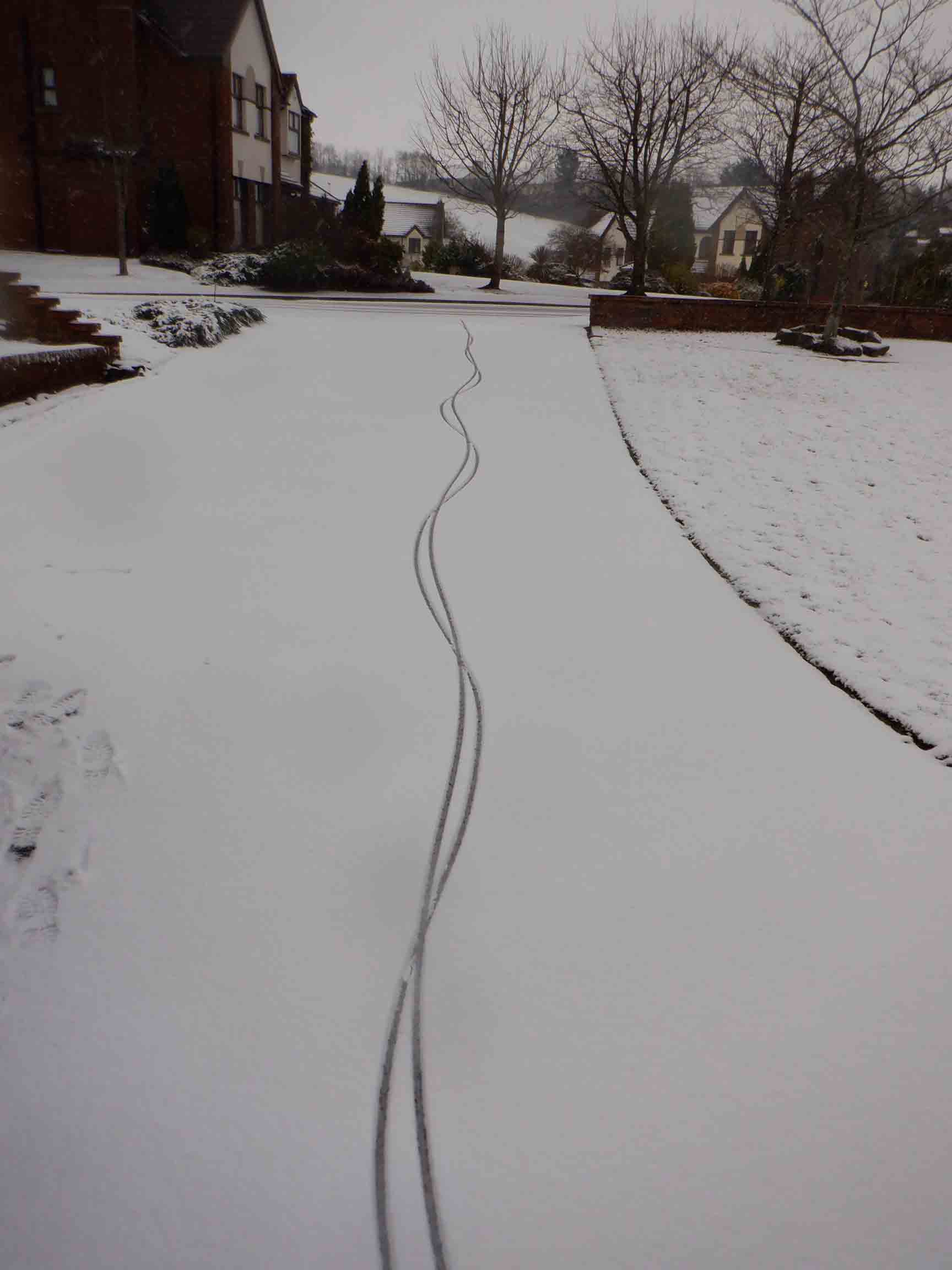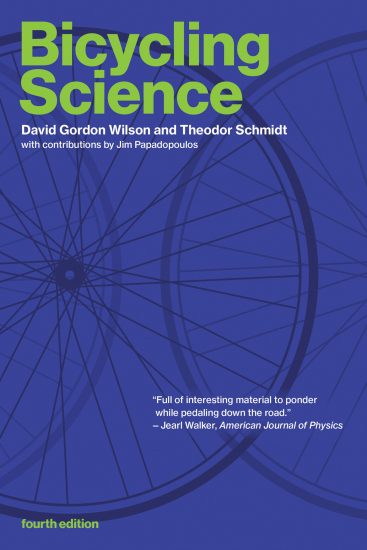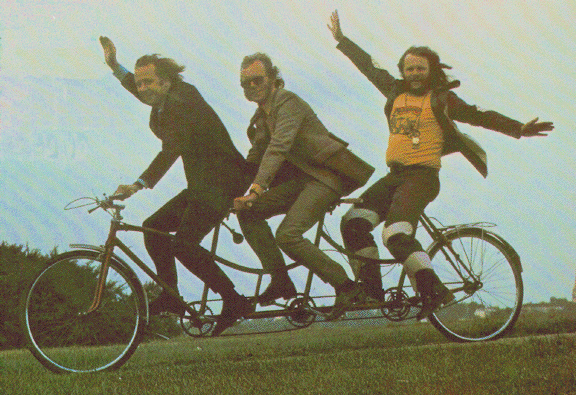What do you think about while riding your bike? Sometimes you can be completely in the moment – catching sight of a newly born lamb, hearing the bird song, or focusing on your pedalling, smooth and round.
Other times you can be miles away – planning your next expedition to County Clare or deepest Brazil, drafting a website blog, or working through a tricky problem. And that brings us to this week’s subject. A comment on the “tracks in the snow” photo a few weeks back reminded us of a famous question from the Cambridge University entrance exam in the early 1980s.

Unlike A-levels, which have predicable, formulaic questions, entrance exams are notorious for left field questions, where you get most of the marks for your approach to the problem rather than getting the correct answer. For example, “Estimate the weight of the Earth”. In our case the question was as follows.

Question – Here is a scale diagram of the tracks left in the snow by a bicycle. What direction was the bicycle travelling in, and what was it’s wheelbase?
You might want to go out for a ride now to ponder how to tackle a question like this… (There are some hints at the end of this article).

If you’re interested in how bicycles work, then “Bicycling Science” from the MIT press is the definitive work on the subject. The updated fourth edition was published recently. Other books are available.
So what have we learned this week?
- If you’re going to commit a crime, don’t plan to use a bicycle as your getaway vehicle if snow is forecast.
- I might have done better at school if I’d been allowed out for a ride between reading exam questions and answering them.
- A bike ride is a great time to think through your problems. It’s also a great time to think about nothing in particular. In fact, a bike ride is just great, no matter how you look at it.
Hints
ONE. You can’t ride a bicycle without steering. (If you don’t believe this, try riding a bike with a stiff headset, and see how scary it is). As you start to fall to the left, you steer left. As you over correct and start to fall to the right, you steer right, to correct it again. Left and right like a pendulum.

TWO. The picture above shows just the front wheel (in red), together with the midline (in black). If you are pedalling, this left and right steering will probably by in sync with your pedalling. (You can’t really feel this on flat, but try going up a gentle hill in a big gear and you will feel the movement). One turn of the pedals corresponds to one wave of left/right steering. So in this case, the bicycle moves 4 metres on one turn of the pedals, which is a gear of about 36*19 – not unreasonable for a rider pushing through the snow.

THREE. We’ve now added in the back wheel (in green) and the bike (the thick, black lines are the wheels, and the thin connecting line represents the frame). The back wheel (B) is like a trailer being towed behind the front wheel (A). It also moves from side to side, but not as much as the front wheel.
- When the front wheel is further from the centre line than the back wheel, it will pull the back wheel away from the centre (as shown above)
- When the front wheel is closer to the centre line, it will pull the back wheel towards the centre line.

FOUR. This is the crucial picture. When the back wheel is at point B, it is briefly moving parallel to the centre line. This means that the front wheel (A) must be directly ahead of it. So if we draw a line parallel to the centre line, from the peak of the green curve to the point where it intersects with the red curve, that will give us the wheelbase of the bike (the blue arrowed line). And measuring the scale diagram reveals that the wheelbase is about 1m – typical of a racing bike.
So – the answer is that the bike is moving from left to right and has a wheelbase of 1 metre.

Note – if the bike had been moving from right to left, then the wheelbase would have been about 3 metres – which is more like something the Goodies might have been riding.
Well done for reading this far. Maybe a career in academia beckons!
